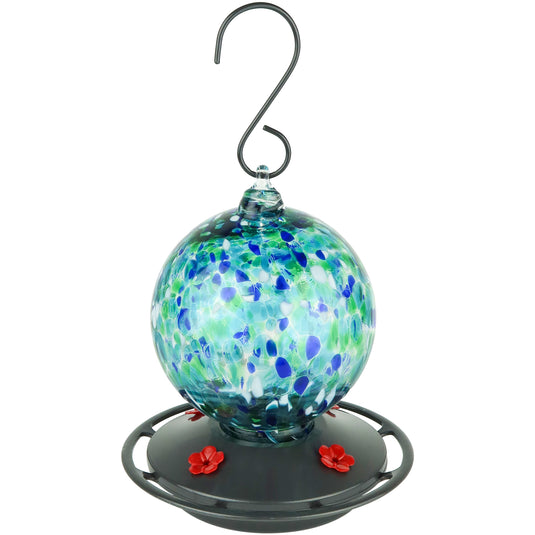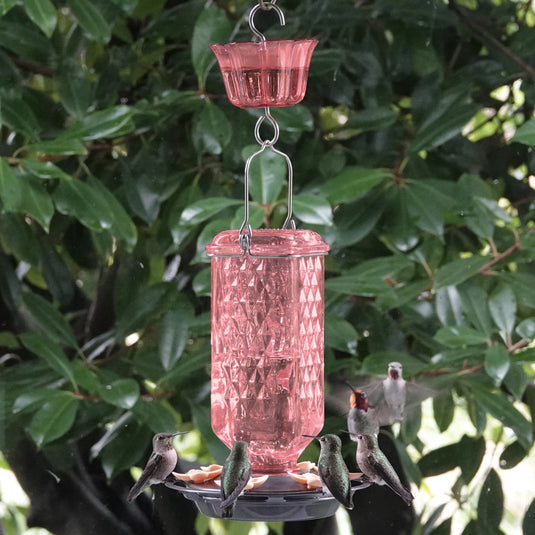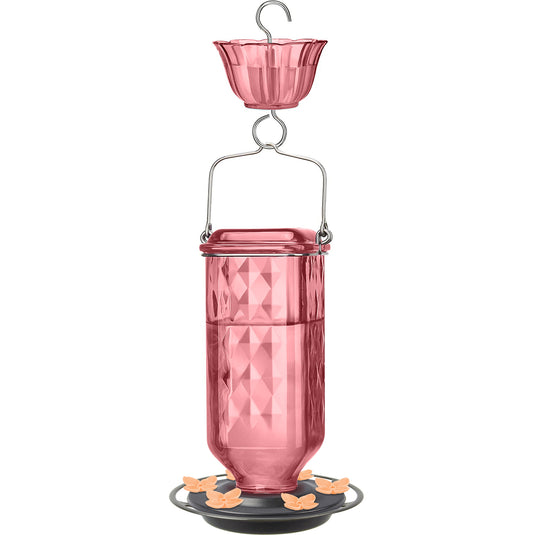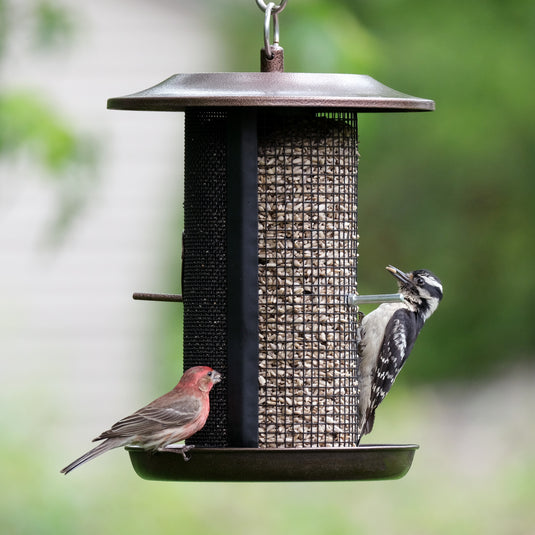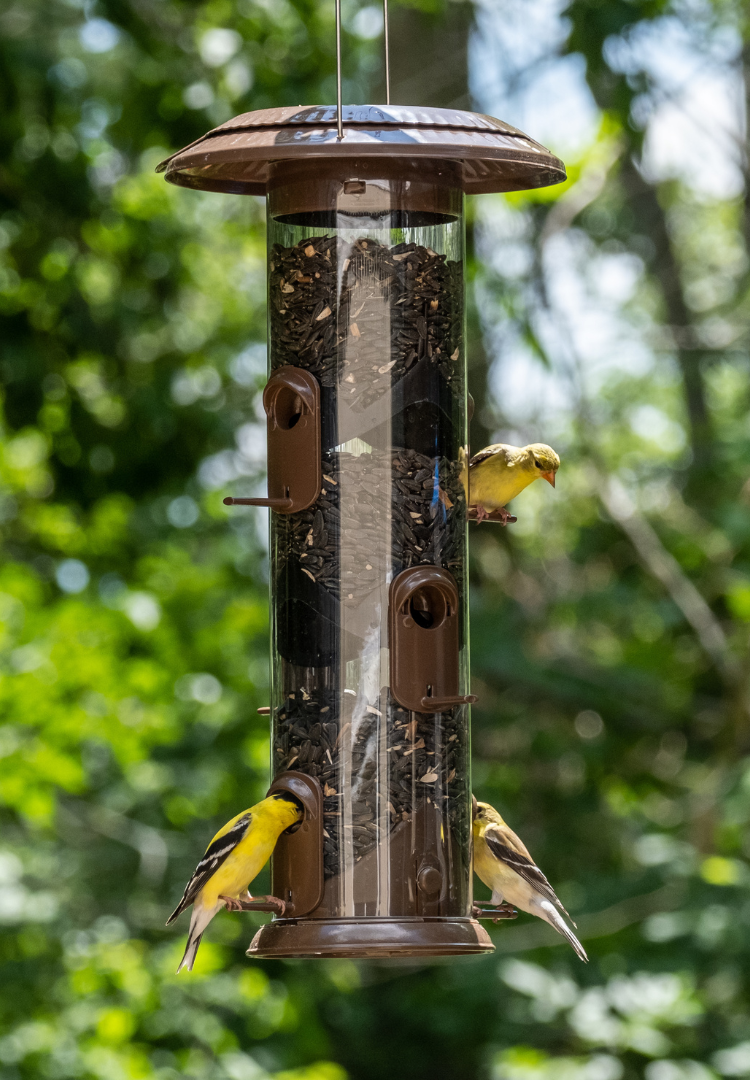Identifying Black-chinned Hummingbirds:
These quick little birds are a dull metallic green on the back of the head down to the tail. While both male and female have a grey-white underside, only the males have a very distinct black patch on their throat. The shape and size of the patch can vary from bird to bird, with a thin iridescent purple strip at the base, sometimes unnoticeable until catching the light.


Left: male . Right: female. [Photo credits to: Joan Gellatly | Flickr & ©Marky Mutchler | Macaulay Library]
Where Black-chinned Hummingbirds Live:
These hummingbirds inhabit the Western United States during breeding season. They can be found in Texas, New Mexico, parts of Colorado, Wyoming, and Montana and West to the Pacific Coast. They have even been found to travel as far North as the southern part of British Columbia. After the breeding season, some adults will first move to higher altitude mountain habitats where flowers are still abundant because making the long migration south to winter in western Mexico.

What Hummingbirds Eat:
Black-chinned hummingbirds feed on nectar from tubular flowers and insects which they catch during flight or may even pull from spider webs or plants. Hummingbirds will also readily consume artificial nectar from hummingbird feeders. Nectar can be made using a ratio of 1 cup white sugar to 4 cups water. The use of dye or food coloring in artificial nectar is not necessary for attracting hummingbirds to a feeder and is not recommended due to the sensitive nature of these tiny birds.
How to Attract Black-chinned Hummingbirds to Your Feeder:
Placing feeders near flower beds or planters may help attract more
hummingbirds to your feeder. For the best chance of hummingbirds discovering your feeder, it is recommended to have it up and ready before they return from their winter migration. Be sure to research the migratory pattern of hummingbirds in your area to make sure you haven’t put your feeder out too late, since this can cause them to overlook it later in the season. Feeders with built in perches can help these tiny birds conserve energy and feel more comfortable feeding, prolonging feeding times and increasing hummingbird viewing.

Product shown: Mason Jar Hummingbird Feeder (Model# MJF1)
Nesting:
Most nests are typically located between 6 to 12 feet above the ground on an exposed horizontal branch well below the canopy. Roughly the size of a large thimble (1 inch deep and 2 inches wide), the female builds the nest out of soft down held together with strands of spider silk and cocoon fibers. Nests in cooler areas will typically have thicker walls than those found in warmer climates.
A clutch size is typically 2 eggs that are roughly 0.3 inches wide and 0.5 inches in length. The tiny eggs are white and weigh less than half a gram. Eggs hatch in 12 to 16 days and will fledge the nest after an additional 21 days. Black-chinned hummingbirds can have between 1 to 3 broods per season depending on the weather and breeding location.
Related Articles:







